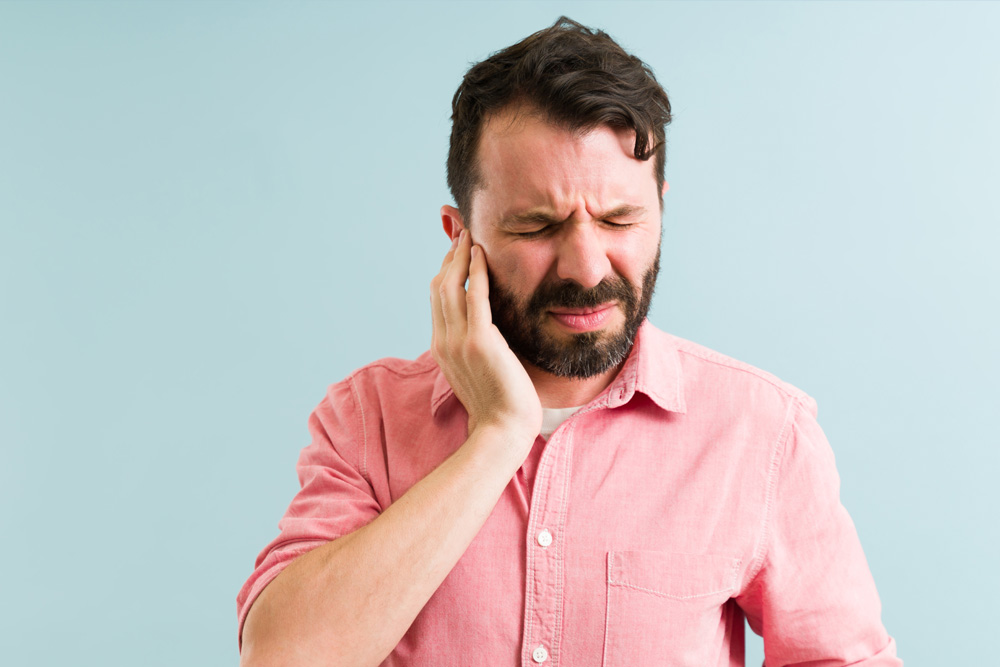Take a closer look at the picture. Do you observe a subtle tilt in the posture of the three gentlemen on the left? This deviation becomes apparent when you analyse the varying lengths of their arms on each side of their bodies. Identified as scoliosis of the spine in medical terms, this postural defect can go unnoticed until it disrupts the bodily functions.
Severe scoliosis presents itself through several observable signs, including:
- Uneven eye tilt
- Slanting shoulders
- Protruding shoulder blades
- Ribs asymmetry
- Torso leaning
- Unbalanced hip alignment
- Inconsistency between leg lengths.
Causes of Scoliosis:
In 80% of cases, scoliosis is idiopathic, meaning its cause is unknown. In children, genetic factors, hormones, or changes in cell structure may contribute, while in adults, degenerative changes, injuries, or neuromuscular disorders are often implicated.
LMNT understanding of body tilt:
Dr. Lajpatrai Mehra, with his profound knowledge of human anatomy and physiology, established a connection between navel displacement and the shift in the position of internal organs. This alignment is known as ‘nabhi dharan’ in various Vedic medical texts.
Since the internal organs are attached to muscles that are also attached to the spine; this shift results in the curvature of the spine. It’s a cause-and-effect relationship wherein one can lead to the other. Initially the navel shift may impact digestive process but over time it may disrupt a lot of functions of the body and also cause the structural deformities in the spine.
How to ascertain Navel Displacement:
Dr. Mehra devised simple methods to identify navel displacement:
- Stand barefoot in front of a mirror, keeping your body straight with arms by your side. Bend your neck backward; if your arms sway away from the body, your left and right body halves may not be aligned.
- While lying down straight in a supine position, check the height of the big toes of the left and right foot. A difference in height may indicate a navel shift.
Impact of Navel Displacement on Health:
- Nervous System Interference:
When spine curves abnormally, it compresses nerves along the inner curve and stretches them along the outer. As a result, nerves struggle to conduct signals regarding sensation to and from your extremities. This may result in radiculopathy, the tingling pain in arms and legs. In severe cases it can affect the nerves that control the bowels and bladder, resulting in incontinence. - Prevents CSF from circulating to the brain
Scoliosis in the cervical area could cause headaches. It may also prevent the recirculation of cerebrospinal fluid (CSF) to the brain. Reduced levels of CSF can intensify the headaches. It is also being researched that inadequate CSF results in accumulation of abnormal protein in the brain. This is the reason for many neurodegenerative disorders. - Digestive process interruption
Whenever the spine deviates from its normal position, it takes up the space for other organs. It is the oesophagus, stomach and intestines that suffer the consequences. The abnormal curvature of the neck can constrict the oesophagus, making swallowing difficult. Likewise, compression of the stomach and intestines due to scoliosis can result in host of digestive issues like- acid reflux, nausea, IBS, constipation, inadequate absorption of nutrients. - Reduction of Cardiac output and respiratory capacity
Severe scoliosis can interfere with the ability to take full deep breaths as the ribs are attached to the spine and when the spine rotates, it forces the ribs to contort in unusual ways. Similarly, severe scoliosis can reduce cardiac output, as the heart also requires space to beat. It causes heart to work harder than necessary and may result in mitral valve prolapse.
Conclusion:
Understanding the relationship between body tilt, navel displacement, and scoliosis is crucial for early detection and proactive management. Dr. Mehra’s insights offer a unique perspective, shedding light on the profound impact such deviations can have on overall health and well-being.






